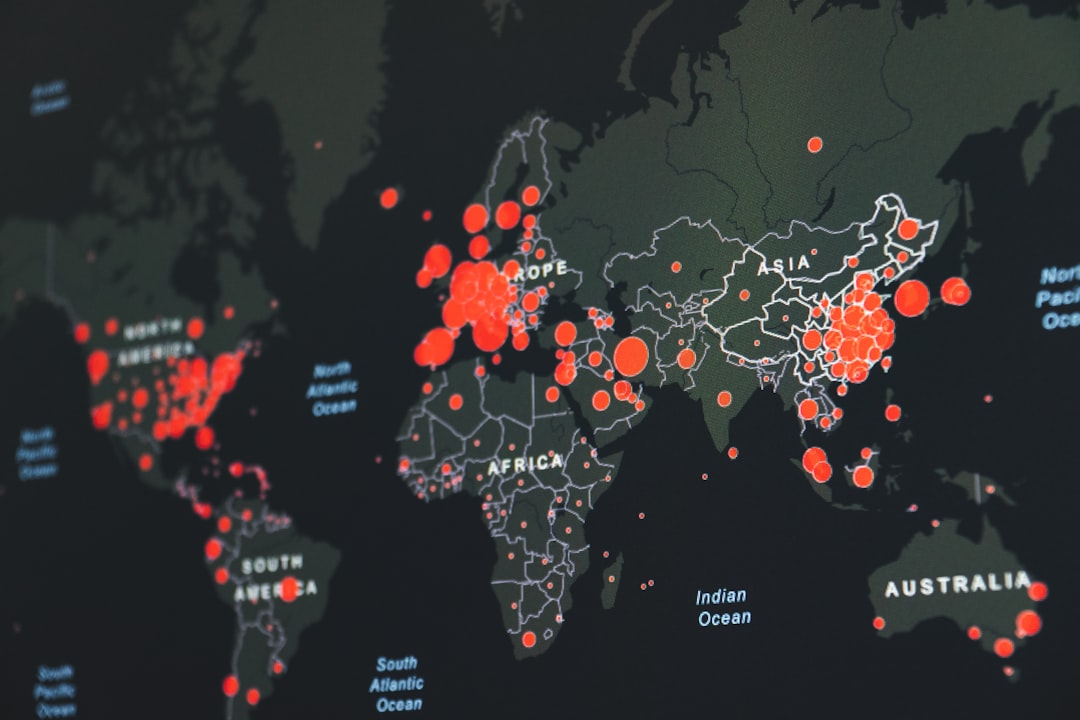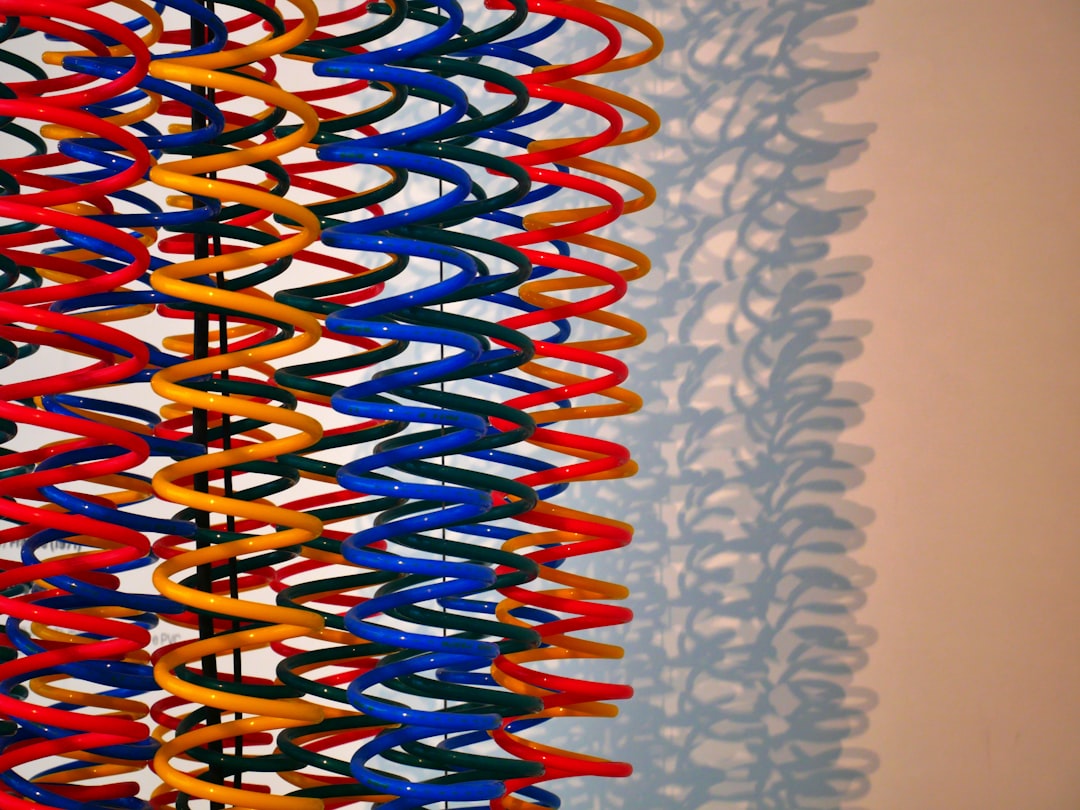What is it about?
The influence of equal channel angular pressing and rotary swaging on the microstructure and corrosion resistance was investigated in three magnesium alloys with the addition of aluminum, lithium and rare earth elements - AE21, AE42 and LAE442. The processing resulted in grain refinement in all cases; nevertheless, the effect on the corrosion resistance was ambiguous. A continuous increase of the polarization resistance during the gradual equal channel angular pressing was observed in the AE42 and LAE442 alloys, whereas there was almost no effect in the AE21 alloy. The rotary swaging of AE42 resulted in a decrease of polarization resistance. The increase of polarization resistance in the alloys with the higher concentration of alloying elements was caused by the combined effect of grain refinement and better dispersion of particles in the matrix thanks to shear deformation during equal channel angular pressing. In the AE42 alloy, the increase of the corrosion resistance after equal channel angular pressing was also proven by chemical analysis of the solution and acoustic emission detection. This beneficial effect was not observed when the concentration of alloying elements was lower or when the deformation mode was different from shearing.
Featured Image
Why is it important?
Magnesium alloys have a potential to be used as biodegradable bone implants, nevertheless the corrosion rate is still too high. The increase in corrosion resistance by tayloring the microstructure could bring these materials closer to their application in medicine.
Read the Original
This page is a summary of: Interrelation of Microstructure and Corrosion Resistance in Biodegradable Magnesium Alloys with Aluminum, Lithium and Rare Earth Additions, Acta Physica Polonica A, October 2015, Institute of Physics, Polish Academy of Sciences,
DOI: 10.12693/aphyspola.128.491.
You can read the full text:
Contributors
The following have contributed to this page










